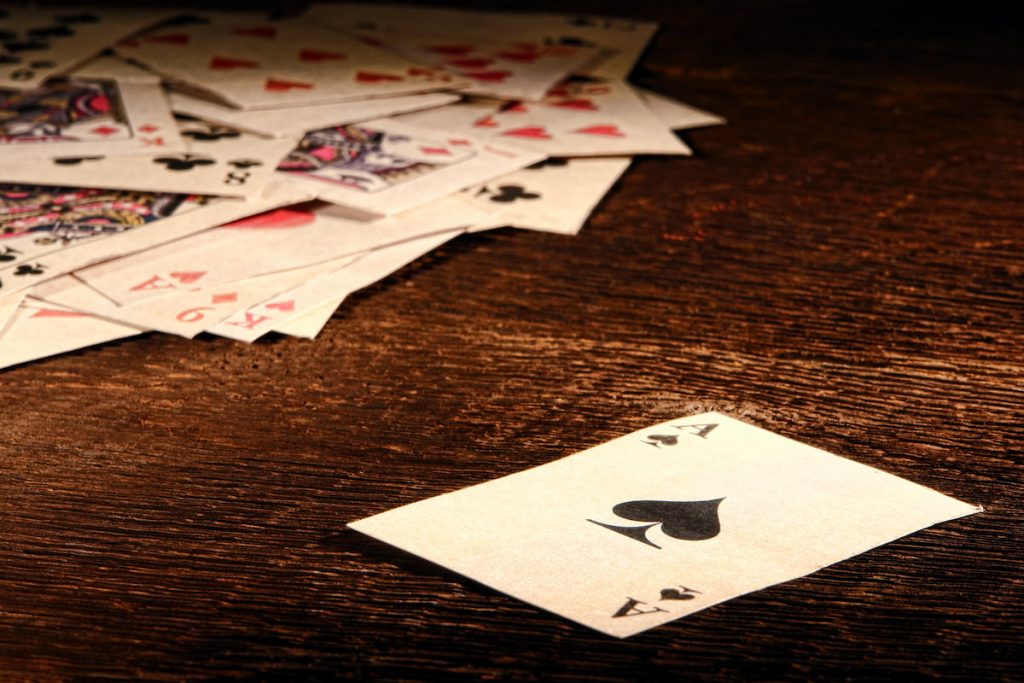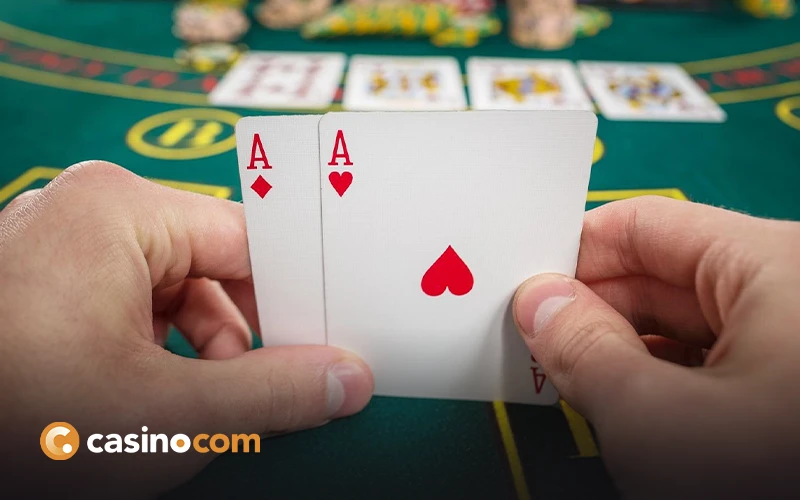It could be said that poker is the most popular casino game in the world. Going far beyond the casino floor, it has a special place in popular culture. Yet the game took a long time to evolve and was not always as popular as it is now. Let’s uncover the fascinating history of poker.
Ancient Roots
The exact origin of poker is hard to determine. There have been plenty of additions and adaptations to card games that have influenced the current versions. However, the earliest version of a game that resembled poker could be traced to a Chinese Emperor’s domino card game played in the 10th century. This game would evolve into Mah-jong, which is still widely played today.
Others attribute it to the Persian game of As-Nas. This is most likely where the idea of the modern deck of cards originated. It involved using a selection of picture cards grouped into suits, with numerical cards and court cards.
In Europe, three games were closely linked to the development of poker. The Spanish 16th-century game Primero involves dealing three cards to each player. It also involved a significant element of bluffing to other players, a key component of poker. This then influenced two other games: Pochon in Germany and Poque in France. Both were popular in the 17th century.
Moving to the Americas
Poque was brought to Louisiana by French colonists. When New Orleans became part of the US in 1803, this game spread to the rest of the Mississippi area and beyond. The term Poque soon became poker, and the game was born. As this area was a huge transport hub, it spread to the rest of the US through the waterways and trade routes.
Poker was played by soldiers during the Civil War. It was also popular in the days of the Wild West, again spread by traders and soon becoming a staple in saloons. Since then, its rules have adapted to include various versions.
The game did not grow in popularity in Europe for some time. Queen Victoria is known to have started playing as she heard a US minister explaining the rules to court members and wanted to know how to play. It also gained huge popularity during the two world wars when US troops were stationed in Europe.
20th and 21st Century
However, poker still had not reached its zenith of popularity. The first part of this began in the seventies when the World Series of Poker started. In the nineties, this would then become televised in both the US, the UK, and Europe. This led to a drive in the game’s popularity, as it turned from a niche pastime to a socially acceptable hobby. However, true acceptance was just around the corner in the form of the commercial internet.
In 1998, the first platform opened for playing real money online card games. While primitive by today’s standards, it was the first step in what would later become the iGaming industry.
As technology improved, so did the selection and types of games on offer. From popular titles like Texas Hold Em to Omaha and Five Card Draw, you can play almost any version you want.
One of the most innovative advancements has been the addition of live dealer games. These games have used a hybrid of online software and streaming technology to deliver an authentic casino experience through a browser. The game is run by a croupier, who hands out chips and deals and can communicate with players through streaming software.
Where poker will go yet remains to be seen. While the rules seem set in stone, the methods of how it is played could change. It may be the metaverse or even VR that instigates the next leap forward.





